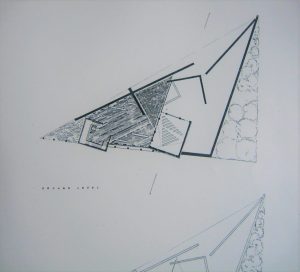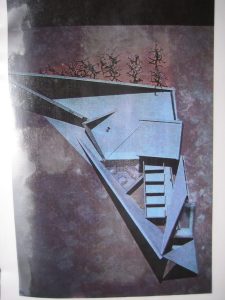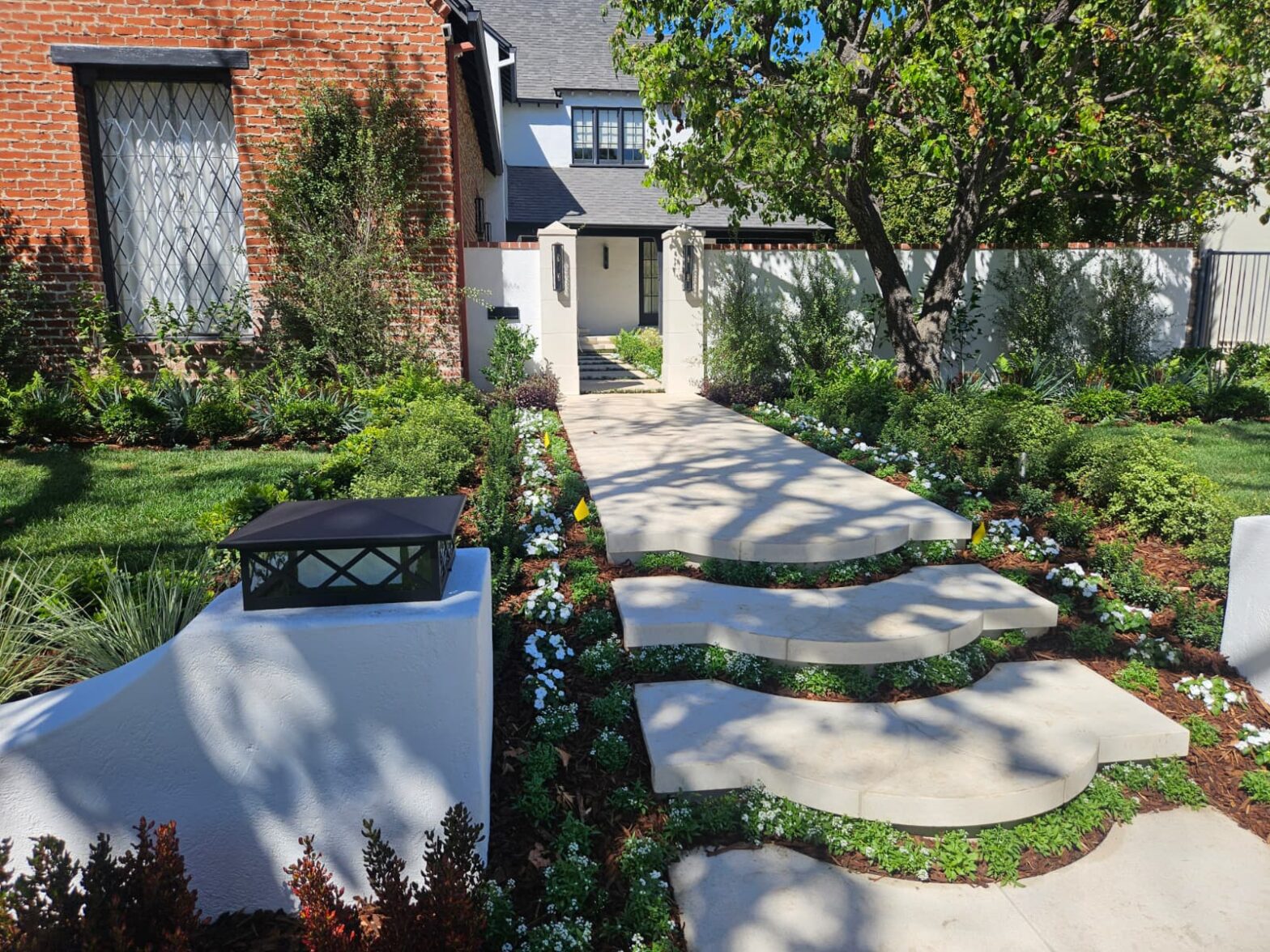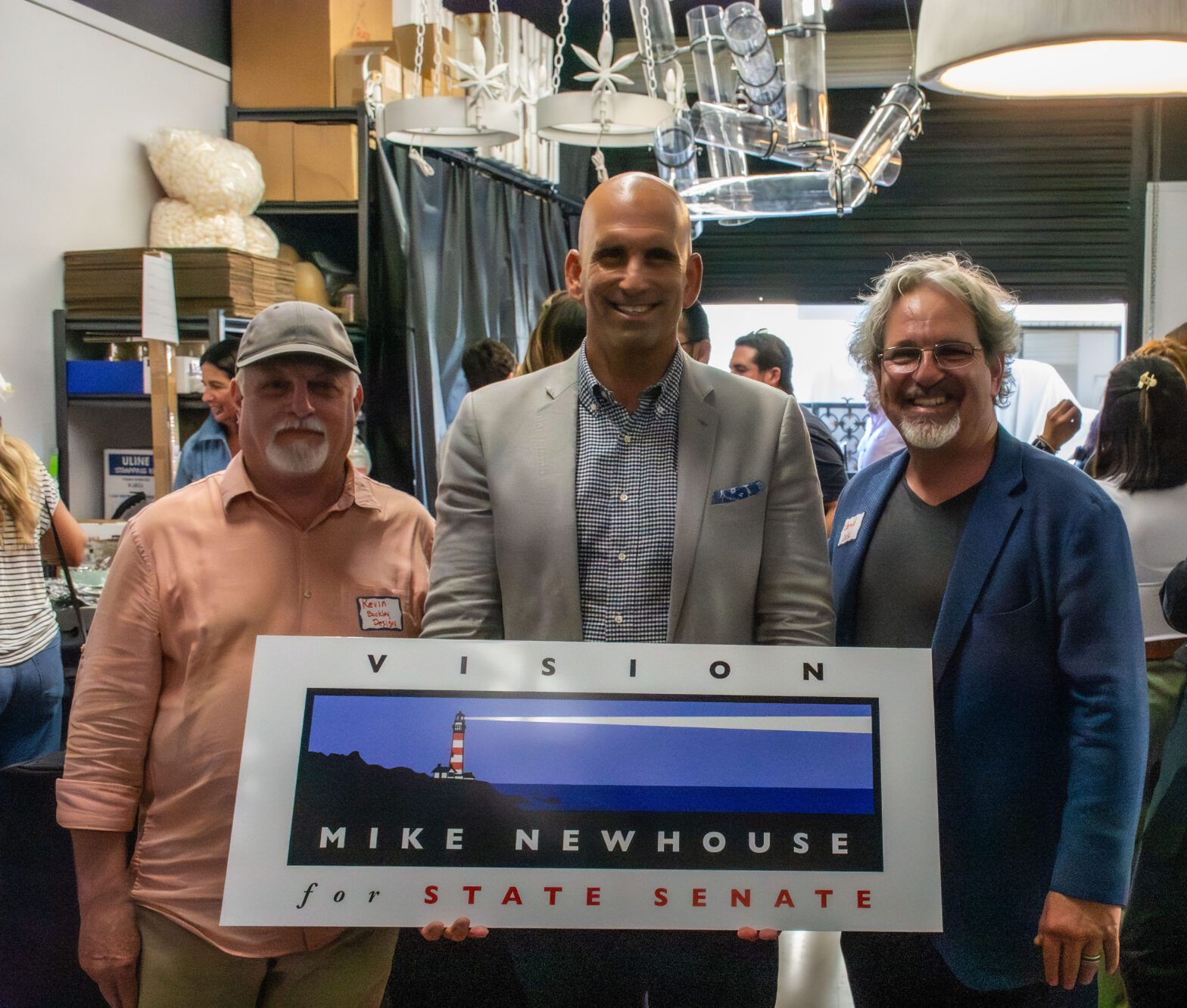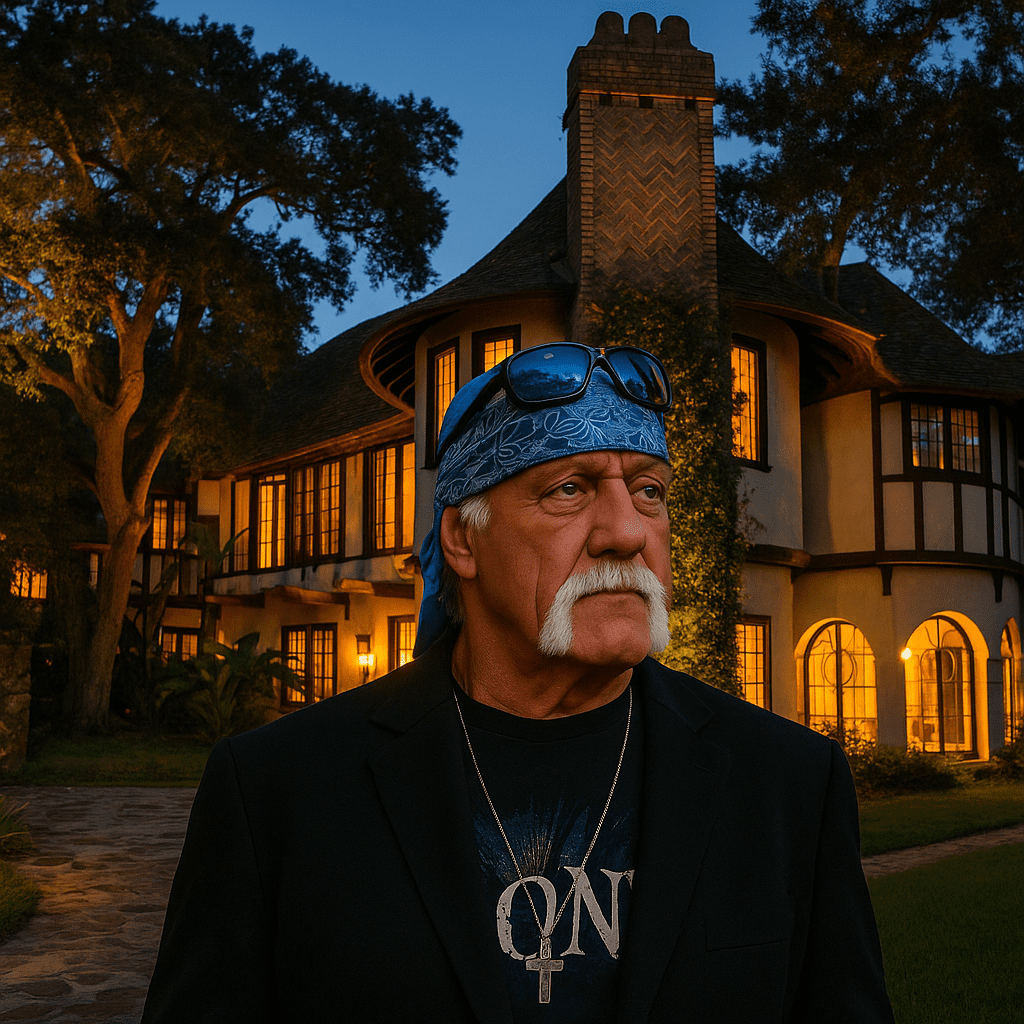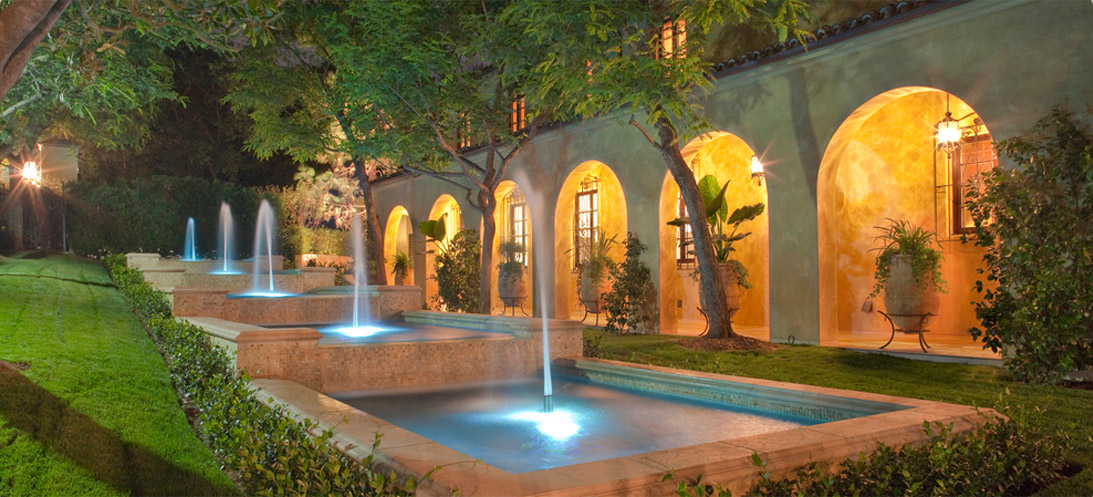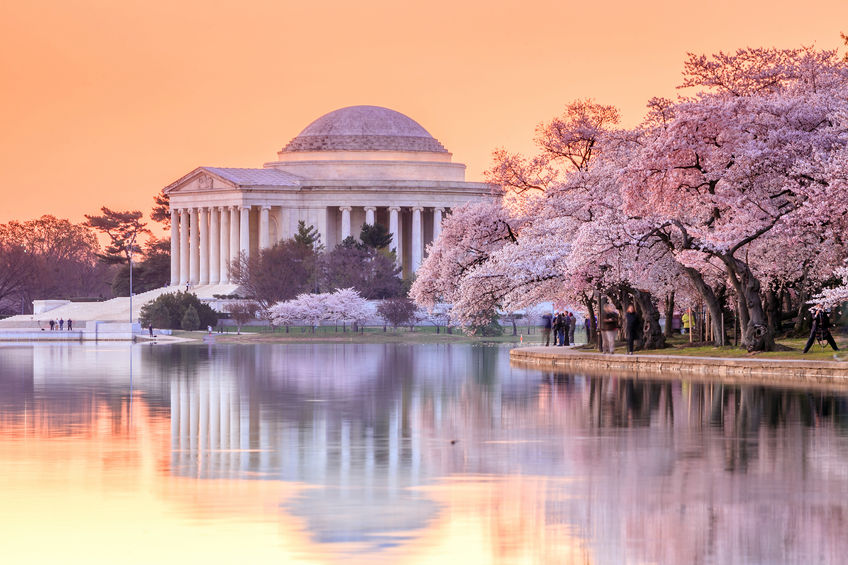
Washington D.C. is one of the top tourist destinations in the world. Every year, millions of tourists flood our nation’s capital for the multitude of attractions that make up the city. The city’s tourist venues are also noteworthy because of their architecture. The design, function and architecture of the city is unique. One architect contributed significantly to the face and function of the city.
The History of Washington D.C.
On July 9, 1790, Congress passed the Residence Act, which approved the creation of a national capital on the Potomac River. The exact location was to be selected by President George Washington and the land was donated by the states of Maryland and Virginia. Two pre-existing settlements were included in the territory: the port of Georgetown, Maryland, founded in 1751, and the city of Alexandria, Virginia, founded in 1749. The new federal city was then constructed on the north bank of the Potomac, to the east of Georgetown.
Washington, D.C., is a planned city. In 1791, President George Washington commissioned Pierre Charles L’Enfant, a French-born architect and city planner, to design the new capital. He enlisted Scottish surveyor Alexander Ralston to help lay out the city plan. The L’Enfant Plan featured broad streets and avenues radiating out from rectangles, providing room for open space and landscaping. He based his design on plans of cities such as Paris, Amsterdam, Karlsruhe, and Milan that Thomas Jefferson had sent to him.
The Influence of John Russell Pope
The work of John Russell Pope is the best example of the classical tradition of architecture in the United States. He was responsible for the classical elegance demanded by the federal government and wealthy private citizens during the first third of the 20th century. Most of Pope’s early designs were for very large houses for influential businessmen and other prominent people. His affinity for formal design clearly shows in his Georgian, Tudor and Federal houses.
Pope’s practice grew to include churches, commercial buildings, and master plans for five colleges and universities. However, it was the monumental public buildings that truly characterized Pope’s work and on which his reputation rests. These buildings show his adherence to the classical tradition and demonstrate his belief that monumental architecture must have its roots in ancient Greece or Rome. Here are a few of the finest examples of his work in Washington D.C.:
The Jefferson Memorial – The Jefferson Memorial features circular marble steps, a portico, a circular colonnade of Ionic order columns, and a shallow dome.
National Gallery of Art’s West Building – What makes the West Building unique is its Neoclassical style. Inside the Italian Renaissance galleries, there is travertine wainscot and hand-finished plaster walls.
National Archives Building – The National Archives offers Corinthian columns and porticos in the outer structure as well as an exhibition, coffered half dome, and two large murals inside.
DAR Constitution Hall – The Neoclassical-style DAR Constitution Hall has over 3,700 seats and more than 50 boxes. It was designated a National Historic Landmark in 1985.
Work of Gerald Olesker in Washington D.C. at the Holocaust Monument
From the Design Studio
Sketch for a Spanish revival project
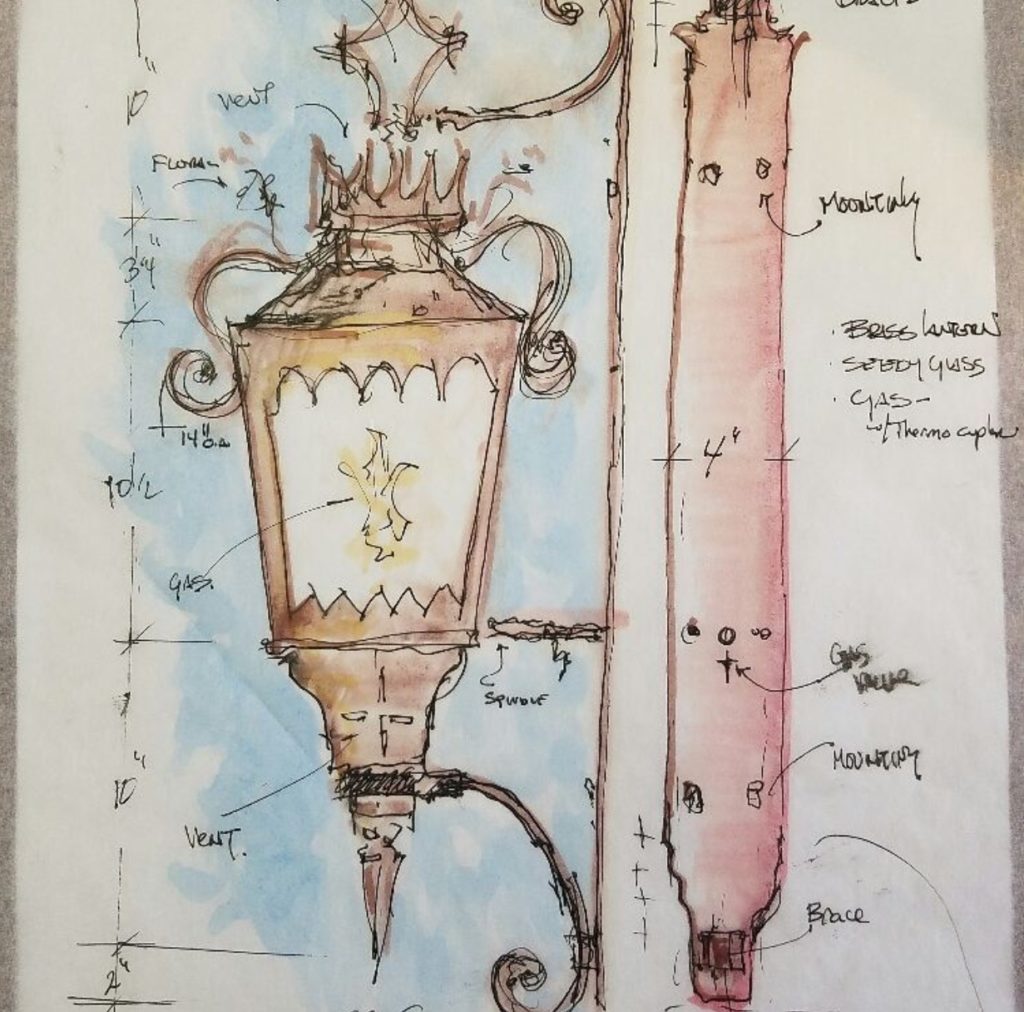
by Gerald Olesker, CEO, ADG Lighting
